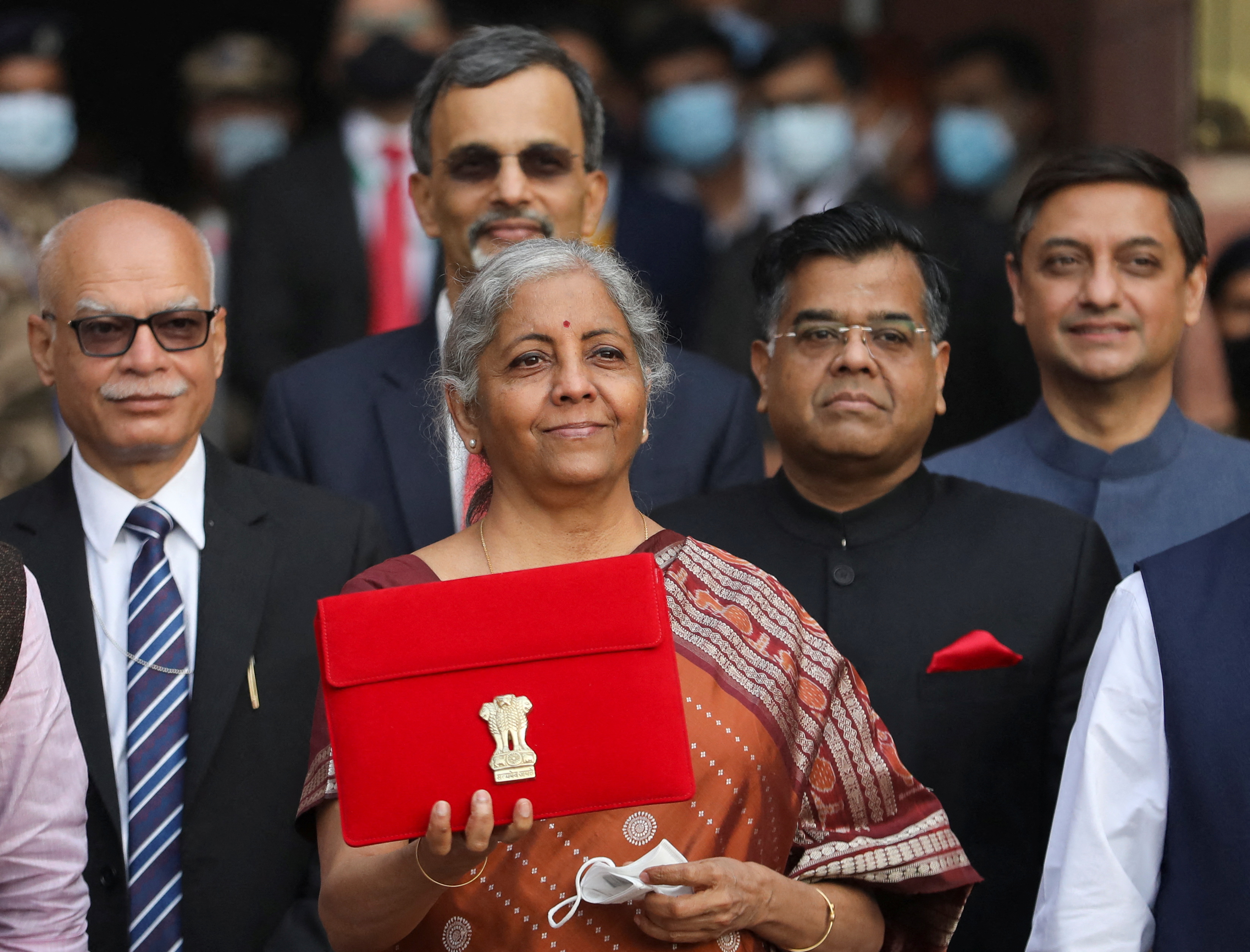Union Budget 2024: A Roadmap for India's Future
As Finance Minister Nirmala Sitharaman prepares to present the Union Budget for 2024, expectations are high across various sectors. The budget is anticipated to set the economic policy for the coming years, particularly as the Modi government embarks on its third term. Here’s a comprehensive look at the key expectations and potential implications.
Economic Growth and Fiscal Consolidation
One of the primary focuses of the budget will be on sustaining economic growth while maintaining fiscal discipline. India’s economy grew at an impressive rate of 8.2% in the fiscal year 2023-24, but challenges such as inflation and global economic uncertainties remain. The government is expected to continue its emphasis on fiscal consolidation while boosting capital expenditure in critical sectors like infrastructure, healthcare, and education.
Tax Reforms and Relief
Tax reforms are high on the agenda for both individuals and corporations. The salaried class, in particular, has been vocal about their expectations. Key demands include raising the basic exemption limit for income tax to ₹5 lakh and simplifying the tax rates to 10%, 20%, and 30%, with the elimination of surcharges and cess. Additionally, there are calls to simplify the filing of Income Tax Returns (ITRs) for employees who only have salary income.
For businesses, there is an expectation of rationalizing tax rates for firms and Limited Liability Partnerships (LLPs) along the lines of Section 115BAA/115BAB, which offers concessional tax regimes. The Confederation of Indian Industry (CII) and the Federation of Indian Chambers of Commerce & Industry (FICCI) have also recommended streamlining the Goods and Services Tax (GST) regime by reducing the number of tax slabs and including currently exempted sectors.
Boosting Consumption and Employment
To spur consumption, industry bodies have suggested tax cuts for lower income brackets to increase disposable income. The CII has also recommended higher wages under the rural job guarantee scheme and increased cash handouts to farmers to support rural spending.
Job creation remains a critical area, with proposals for incentive schemes for private firms that generate employment in labor-intensive sectors such as textiles and tourism. Addressing unemployment is crucial, as it was a major concern for voters in the recent elections.
Agricultural Sector Reforms
The agricultural sector, which supports over 45% of India's population, is seeking relief from export restrictions on key commodities like rice, wheat, sugar, and onions. Lifting these restrictions could enhance farmers' incomes and support rural economic growth. Additionally, there are recommendations for increased investment in agricultural infrastructure and support for agro-processing industries.
Encouraging Green Growth
In line with global trends, there is an emphasis on promoting green growth. Industry leaders have highlighted the need to consider climate change impacts and invest in green technologies. This includes reducing GST rates for electric vehicles and charging infrastructure, and incentivizing the adoption of renewable energy sources.
Support for MSMEs
Micro, Small, and Medium Enterprises (MSMEs) are looking for support in terms of extended timelines for Non-Performing Assets (NPA) recognition from 90 days to 180 days, which could provide much-needed relief to this sector. Simplifying compliance and offering easier access to credit are other key demands.
Healthcare and Education
The budget is also expected to prioritize healthcare and education, with increased allocation for public health infrastructure and educational reforms. Enhancing the quality and accessibility of these services is essential for long-term economic development and improving the overall quality of life for citizens.
Infrastructure Development
Continued investment in infrastructure development is crucial for sustaining economic growth. The government is likely to announce significant allocations for transportation, urban development, and digital infrastructure. These investments are expected to create jobs and improve connectivity across the country.
Conclusion
The Union Budget 2024 is poised to address multiple facets of India's economic landscape, aiming to balance growth with fiscal prudence. By focusing on tax reforms, boosting consumption and employment, supporting the agricultural sector, encouraging green growth, aiding MSMEs, and investing in healthcare, education, and infrastructure, the budget could set a robust foundation for India’s future growth trajectory. As the presentation date approaches, stakeholders across sectors remain hopeful for a budget that addresses their needs and propels the country towards sustained economic prosperity.
)



Comments
Post a Comment